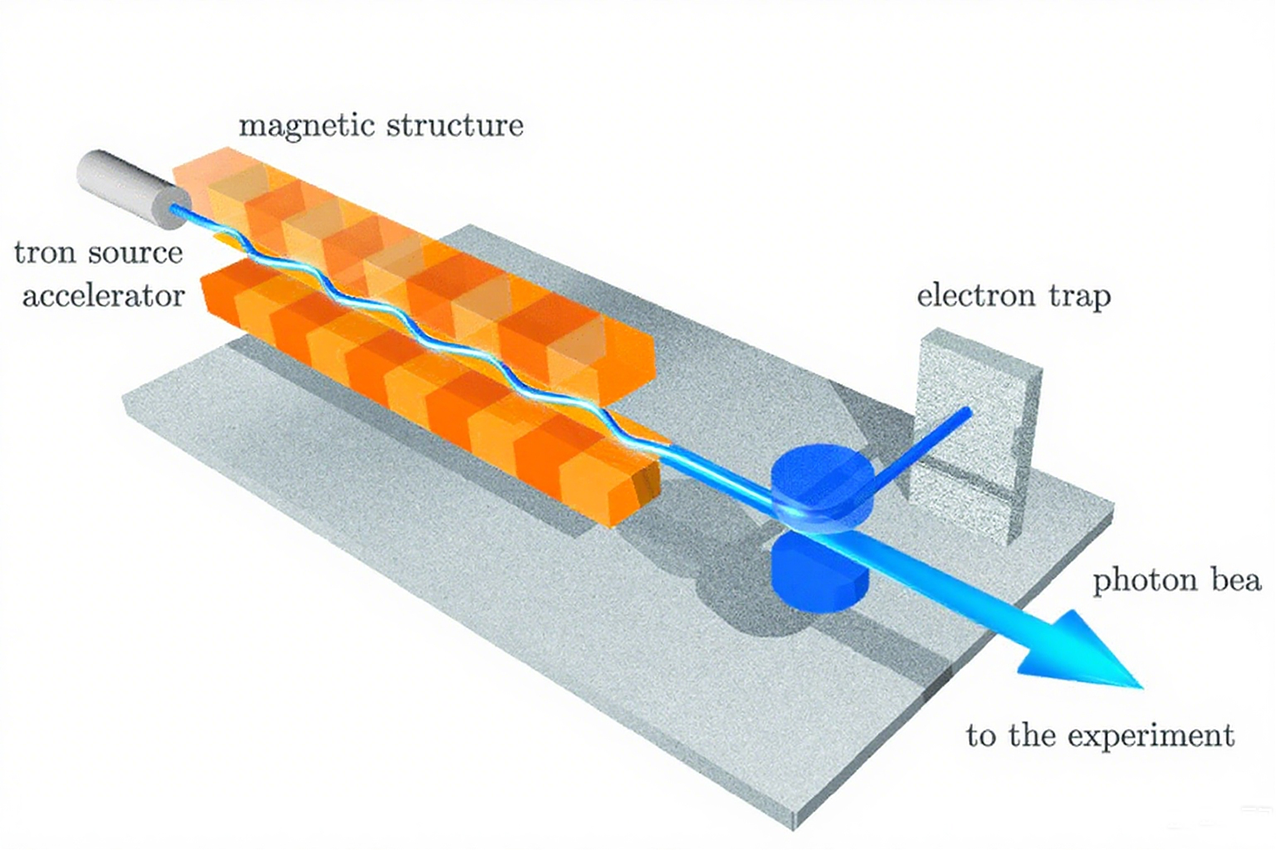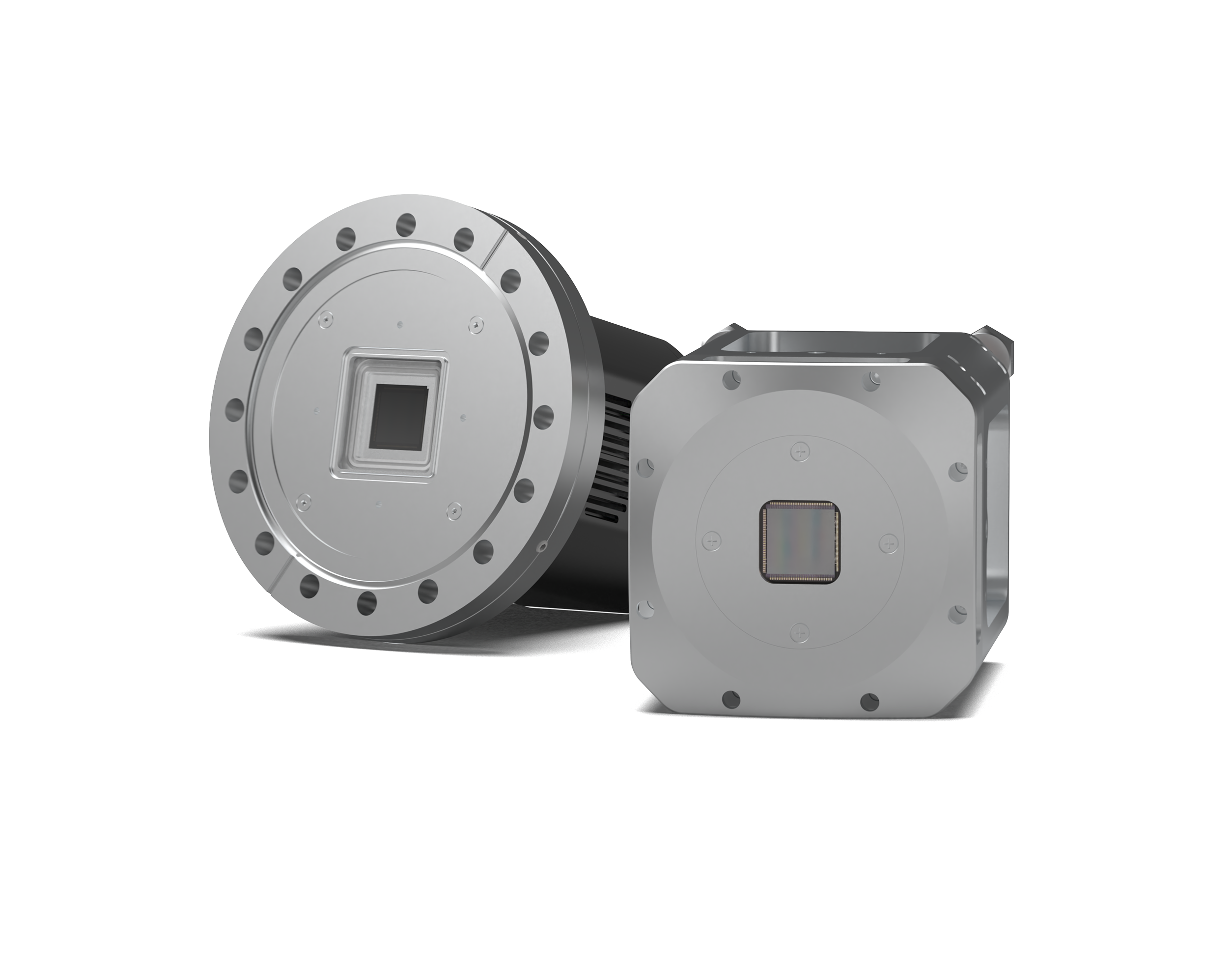Application Challenges
Free-electron lasers (FELs) generate ultrashort light pulses spanning from vacuum ultraviolet to hard X-rays, providing an indispensable tool for ultrafast science. Owing to their high photon energies and extremely short pulse durations, certain spectral regions (e.g., vacuum ultraviolet and soft X-rays) are strongly absorbed by air, necessitating detection in vacuum or low-pressure environments. Scientific cameras used in FEL facilities must deliver high responsivity in these specialized bands, tolerate high photon flux, and simultaneously offer high speed, large sensor formats, and wide dynamic range to enable precise imaging under extreme conditions.


Dhyana XF95 / XV95
Soft X-Ray & EUV sCMOS Cameras
The Dhyana XF95 / XV95, developed by TUCsen, are specialized sCMOS cameras designed for soft X-ray (SXR) and extreme ultraviolet (EUV) imaging, both ex-situ and in-situ. They achieve near-100% quantum efficiency within the photon energy range of 80–1000 eV, with overall QE exceeding 90% across the full range, and approaching 100% in certain bands.
The cameras support a full-resolution mode (2048 × 2048) with a frame rate of 24 fps, several tens of times faster than conventional BSI CCDs. They are fully capable of replacing BSI CCDs for soft X-ray multilayer imaging, enabling applications in previously limited research fields.











